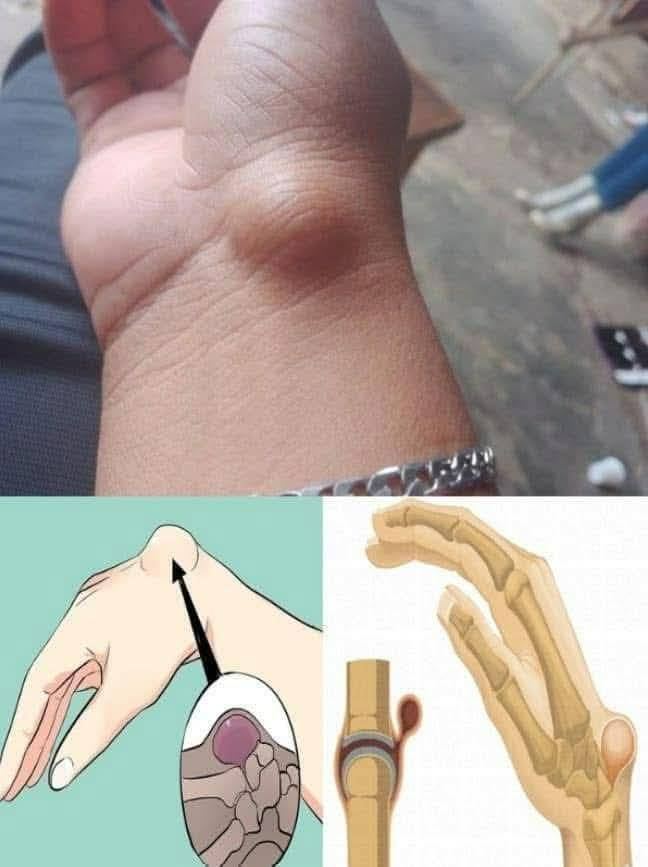A bruise, sometimes referred to as an ecchymosis or contusion, is a frequent injury that causes the skin’s surface to become discolored. When blood vessels called capillaries burst as a result of trauma, like a bump, fall, or cut, the dark colors, which can vary from purple and black to blue, appear. This results in a noticeable mark as blood seeps out and gets caught beneath your skin’s outer layers.
A bruise’s discoloration, which usually undergoes a number of color changes while the body recovers, is an indication of internal bleeding. Because oxygenated blood is present, a fresh bruise frequently appears red at first. As the blood loses oxygen and the blood vessels mend, it can become darker blue or black in a matter of hours or days. As the body breaks down the blood cells and processes the hemoglobin in the blood, the bruise turns green and yellow over the course of the following several days.
Bruises are classified according to their location. The most common type of bruises are subcutaneous ones, which are typically caused by a bump or fall. On the surface of the skin, they result in discomfort, swelling, and obvious discoloration. Periosteal contusions, another name for periosteal bruises, happen on the bones. The periosteum, the connective tissue that surrounds the bones, is injured in this kind of bruise. This type of bruise might hurt especially because the periosteum has nerve endings.
The bruise is a more severe kind of injury since you could feel sensitivity or a sharp pain when it happens. Following an accident, blood can pool around the muscles, resulting in intramuscular bruises. In addition to being uncomfortable, intramuscular bruises can impair muscle function, possibly resulting in stiffness or trouble using the injured muscle. Until the bruise heals, this may occasionally restrict range of motion and impair regular function.
Even though bruises usually don’t hurt and go away on their own, sometimes you need to see a doctor. Professional care is not necessary for most bruises because they normally go away in two to three weeks. But if a bruise doesn’t go away, is really big, or shows up for no apparent reason, it can be a sign of something seriously wrong and needs to be checked out by a doctor.
Sometimes cuts are accompanied by bruises, which can make the healing process more difficult. Risks from the cut could include infection, heavy bleeding, or injury to underlying tissues, depending on how severe it is. It’s critical to get medical help if you sustain a cut and bruise if any of the following happen. It is critical to seek medical attention immediately if the bleeding does not stop from a serious incision. To stop significant blood loss, the bleeding might need to be stopped by sutures or pressure.
In order to prevent infection or more harm, medical attention is required to thoroughly clean and heal the wound if the cut is serious enough to reveal bone, tendons, or other internal tissues. To guarantee correct removal and avoid complications, it’s crucial to see a healthcare provider if you think a foreign object—such as dirt, glass, or debris—is lodged in the incision. An infection may be indicated if the cut is red, bloated, painful, or pus-filled, or if you get a fever. Infections can cause more serious problems and slow down the healing process.
Cuts from rusty items and animal bites, particularly from animals whose vaccination records are unknown, provide special hazards of infection, including tetanus. In these cases, get medical help right away. More severe injuries, like a concussion or skull fracture, may be indicated by a cut or bruise to the head or ear. It’s critical to get emergency medical help if you have a head injury and also feel lightheaded, nauseous, or faint.
You may prevent problems and make sure the injury heals properly by knowing when to get medical help for cuts and bruises. Even while bruises are mostly benign, it’s important to keep an eye on their development and recognize any warning indications that might call for medical attention. Whether self-care for minor wounds or professional care for more severe ones, taking the appropriate actions will aid in the healing and recovery process.
